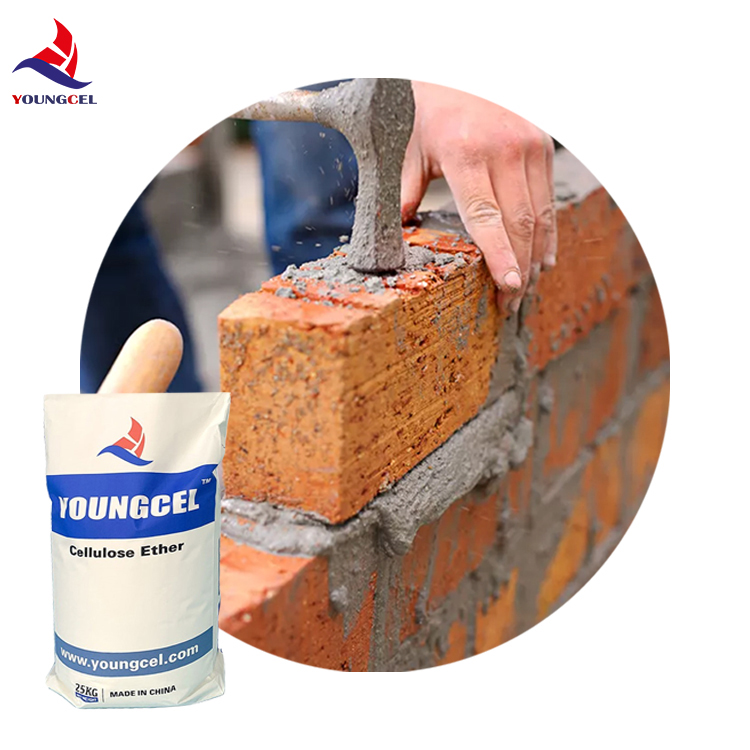cellulosa esther (hpmc)

● Excellent solution clarity
1. What is Methyl Hydroxyethyl Cellulose (MHEC) used for in cement?
MHEC is commonly used as a thickening agent and water retention additive in cement-based products, such as mortar and tile adhesives.
Mortar and Cement Additive:
MHEC acts as a thickening agent in mortar and cement formulations, enhancing workability and adhesion.
It improves water retention, preventing premature drying and ensuring proper hydration of cementitious materials.
Its ability to form a protective film over surfaces helps in reducing dust formation and improving surface finish.
Tile Adhesives and Grouts:
MHEC is incorporated into tile adhesives to improve their bonding strength and prevent sagging.
It enhances the consistency of grouts, facilitating their application and ensuring uniform filling of gaps between tiles.
Exterior Insulation and Finishing Systems (EIFS):
In EIFS applications, MHEC serves as a rheology modifier, controlling the flow properties of coatings and improving their application characteristics.
Self-Leveling Flooring Compounds:
MHEC imparts viscosity and stability to self-leveling flooring compounds, enabling smooth and even application over large surfaces.
Hydroxypropyl methylcellulose HPMC is mainly used in the molding of cement mortar and gypsum products as a dispersant, thickener and binder in building treatment. It is used in cement mortar to increase its cohesiveness, reduce flocculation, improve viscosity and shrinkage, and has water retention. Reduce the water loss and strength of concrete surface, prevent cracks and weathering of water-soluble salts; Hydroxypropyl methylcellulose HPMC has thixotropy, which can be used to prepare low fluidity mortar paint that can be applied on vertical walls in one thick coat; HPMC improves adhesion and workability, so it is suitable for preparing easy flowing spraying mortar for thin layer painting.
The amount of HPMC used in building materials is very small, only 0.1%~1%, but it has a great effect. It can be used as plasticizer, tackifier, water retaining agent, air entraining agent and retarder for paint, plaster, mortar and cement products, to increase its workability, water retention or adhesion with the base course. In addition, according to the requirements of environmental protection, when dry mixing mortar, the unstable performance caused by on-site mixing, pollution to the surrounding environment, poor construction environment and low flow efficiency are avoided. The adhesive for ceramic tiles and interior and exterior wall putty used to be 107 adhesive. From the perspective of environmental protection, cellulose ether is ideal, such as HEC and HPMC.
The cement has good bonding performance, but the bonding performance of cement slurry and cement mortar is obviously different due to the difference in performance and conditions between the bonding layer and the bonded surface during construction. When the water absorption performance of the bonding surface is large, it will cause dehydration of the bonding surface, greatly reduce the plasticity and adhesion of the cement mortar, and greatly reduce the bonding strength. In the past, gypsum or 107 glue was added to cement mortar, but there are still some defects such as poor measurement and cumbersome construction technology. Viscosity increasing effect of cellulose ether in water and weak base.
The effects of cellulose ether addition include:
1. Improve the initial and final setting time of cement;
2. Improve the stress of cement mortar;
3. Improve the water retention capacity of cement and gypsum;
4. The compressive strength and shear strength of cement mortar decrease;
5. Improve the bonding performance of mortar.